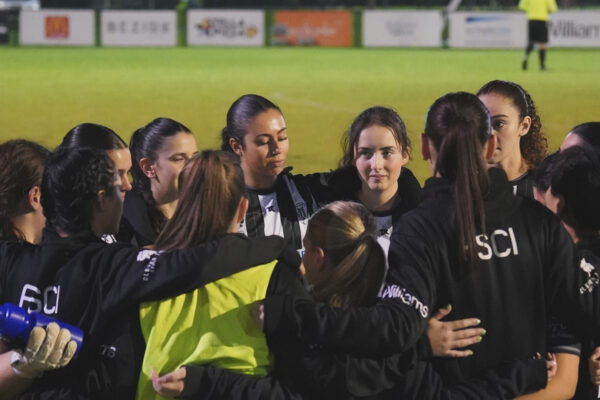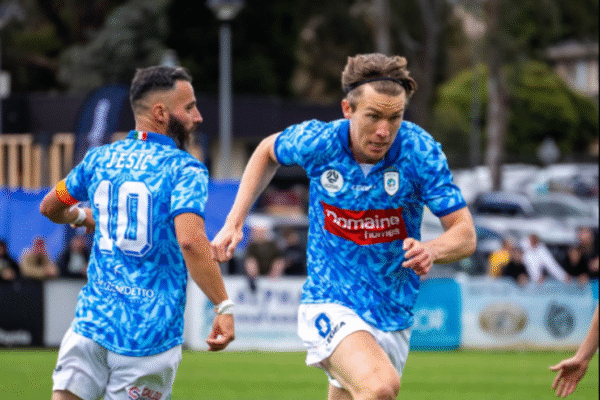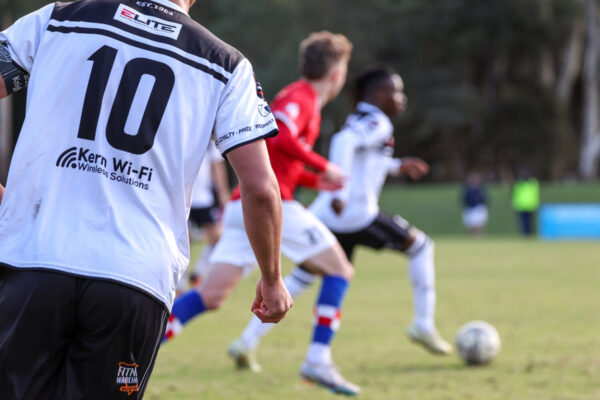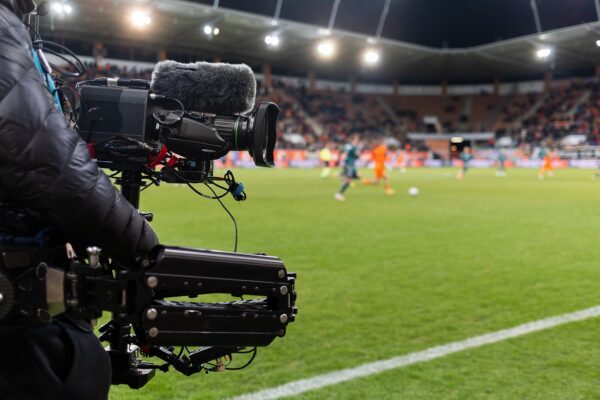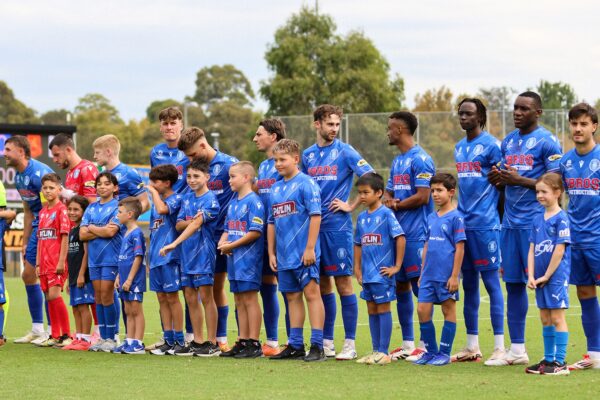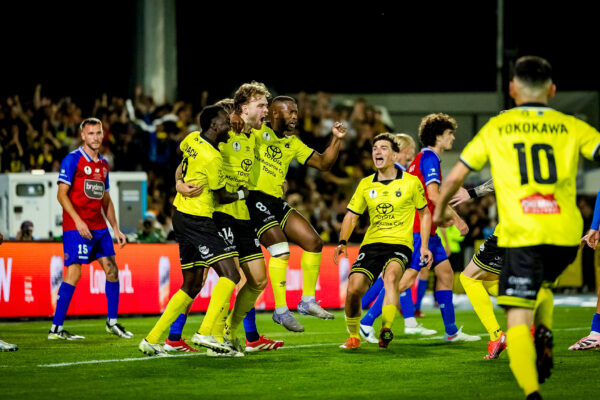
The Shepparton Cup was conducted over the weekend, with the event being the largest weekend junior football tournament ever held in Australia.
The 3-day event was a huge overall success, with a record breaking 313 teams competing in the tournament across 21 divisions.
Matches were spread across 38 pitches at Mooroopna Recreation Reserve, Shepparton Sports City, Rumbalara and Wanganui Oval.
With around 4,000 players participating, 755 matches were played over the weekend – with finals matches concluding the event on Sunday.
“It was the biggest and smoothest tournament we’ve ever ran in our 17-year history,” Australian Football Skool (AFS) Director Rolando Navas told Soccerscene.
“There was of course really good football on show across the age groups and great sportsmanship, which was fantastic to see.
“I think the message is getting through about how important it is to provide a positive environment for kids to play sport in. It was pleasing to see everybody there, both players and parents/supporters, had a good time.”
Navas estimates that there were well over 12,500 people attending the event across both venues over the weekend, providing a giant boost to the local Shepparton area.
“You are talking about a wide range of people who are, at a minimum, staying in the city of Shepparton or close by for two nights,” he said.
“The economic impact was massive.”

Director for Sustainable Development at Greater Shepparton City Council, Geraldine Christou, further explained the greater benefits the tournament had on the local community.
“Australia’s largest junior weekend football tournament right here in Greater Shepparton showcases the strength of our community spirit and our capacity to host major events that bring joy, talent, and visitors to our region,” she stated.
“The economic benefit of this tournament is immense with an estimated $3 to $4 million generated for the region, supporting our local businesses and creating lasting memories for thousands of young athletes and their families.
The Greater Shepparton City Council’s Parks, Sport and Recreation team played a big hand in the organisation of the tournament, which included looking after the setup of pitches to the placement of goals at the venues.
Football Victoria CEO Chris Pehlivanis, who attended the tournament over the course of the weekend, was impressed with the execution of it.
“I’m proud of the whole tournament, it was an amazing opportunity to come down here to Shepparton and see lots of boys and girls playing football and playing lots of games,” he stated at the event.
“I think most kids had six, seven, eight games which is an amazing opportunity and not only that, there was amazing organisation.
“Everyone should be extremely proud of what they have achieved here this weekend…the logistics, everything was run smoothly…the referees were great and all the parents and participants were great.”

The Shepparton Cup has continued to grow exponentially over the years, initially starting with just 30 teams in the inaugural tournament in 2007.
This year’s edition also featured a wide range of off the field activities that contributed to a carnival like atmosphere. There was live music, on stage entertainment, food trucks, a fun zone for players and families.
Navas detailed to Soccerscene that the enormity of the event was not lost on him and is investigating ways to make the competition better in the near future.
“(The growth of the event has been) overwhelming, compared to many of the previous years. It was the biggest by far this year and there was a great positivity around it.
“The plan is to not necessarily make it bigger in the future, just to tweak it and add more to it and make it a better experience for everyone.
“I’d love to be able to attract some more international teams, we are looking at that to see how we can get some of the Asian teams to come across to the event.
“This would be fantastic, as it would show the kids here how football is played in different parts of the world. The way we look at things is ‘if I was 10- or 12-years-old what would I want this tournament be?’
“That’s what drives a lot of our thinking and ultimately our initiatives. It’s important to us because if the kids have a good experience, they’re going to become better players and better people because of it.
“We’ve also received some really good information from the feedback surveys we put out, which is very beneficial in shaping the tournament suitably in future editions.”



